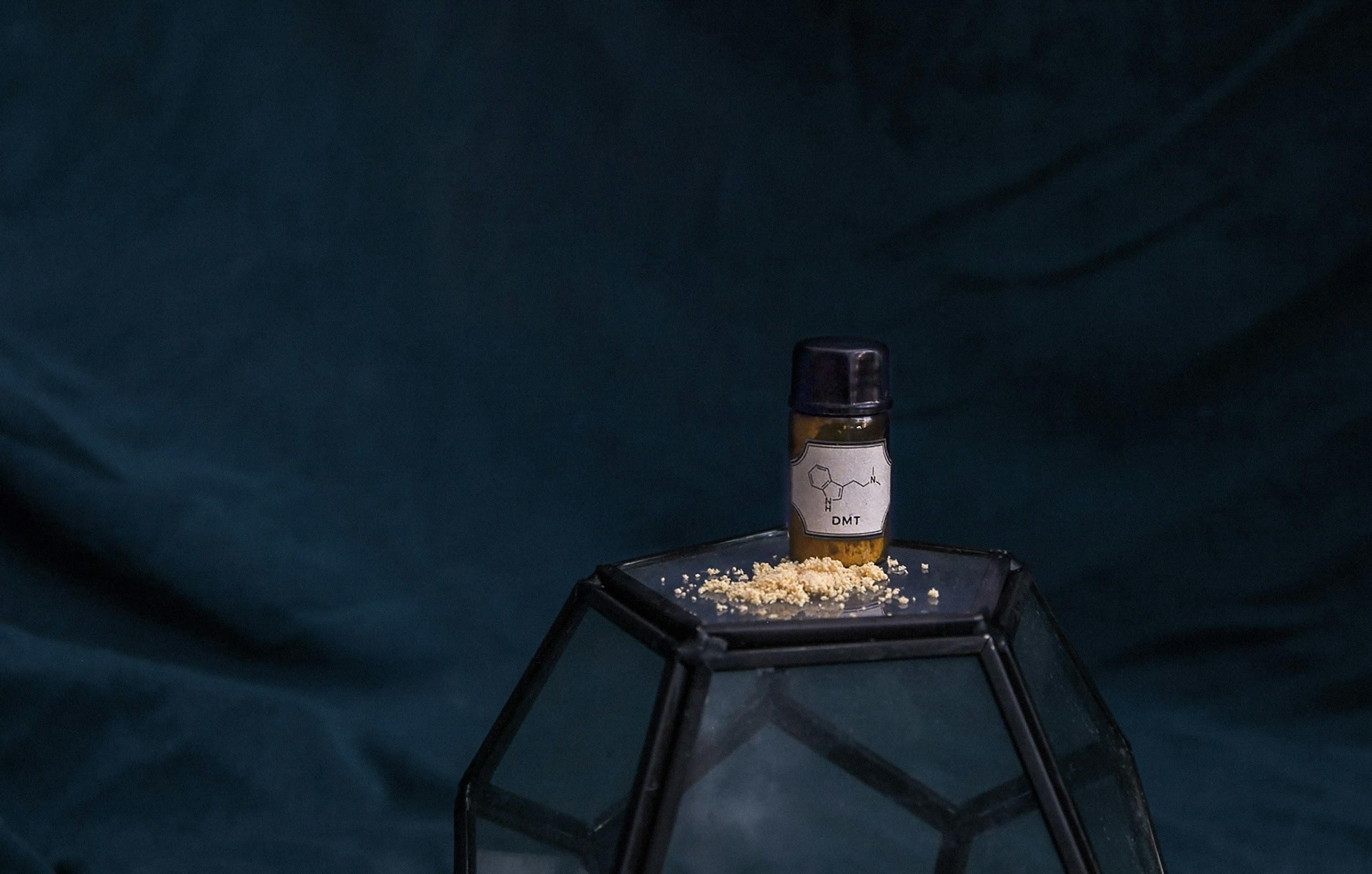Categories more
- Adventures (17)
- Arts / Collectables (15)
- Automotive (37)
- Aviation (11)
- Bath, Body, & Health (77)
- Children (6)
- Cigars / Spirits (32)
- Cuisine (16)
- Design/Architecture (22)
- Electronics (13)
- Entertainment (4)
- Event Planning (5)
- Fashion (46)
- Finance (9)
- Gifts / Misc (6)
- Home Decor (45)
- Jewelry (41)
- Pets (3)
- Philanthropy (1)
- Real Estate (16)
- Services (23)
- Sports / Golf (14)
- Vacation / Travel (60)
- Watches / Pens (15)
- Wines / Vines (24)
- Yachting / Boating (17)
From LSD to DMT: Exploring the World of Psychedelics and Their Effects
Published
07/24/2024Psychedelics have captivated the human imagination for centuries, from the sacred rituals of indigenous cultures to the counterculture movements of the 1960s. Today, there is a growing fascination with these mind-altering substances and the profound experiences they can evoke. In this article, we'll dive deep into the unique properties and effects of two of the most widely known psychedelics: LSD and DMT. Continue reading to know the potential of these extraordinary compounds.
 Photographer: Pretty Drugthings
Photographer: Pretty Drugthings
https://unsplash.com/@prettydrugthings
LSD (Lysergic Acid Diethylamide)
LSD, or lysergic acid diethylamide, is a truly extraordinary substance that has captivated the minds and imaginations of people worldwide. Discovered serendipitously in 1938 by the Swiss chemist Albert Hofmann, this potent psychedelic compound has a rich history.
Derived from the ergot fungus, LSD is known for its ability to alter perception, trigger vivid hallucinations, and induce profound introspective experiences.
When you ingest LSD, you embark on a mind-bending journey where the boundaries between reality and the surreal become delightfully blurred.
The effects of LSD are often described as kaleidoscopic, with senses merging and colors becoming richer and more vibrant. Time may seem to slow down or even stand still as you immerse in the present moment. Some users report feeling a deep sense of connection with the universe. Others explore profound insights about themselves and the nature of consciousness.
Interestingly, LSD has also shown promising therapeutic potential, with research suggesting it could be helpful in treating conditions like depression, anxiety, and addiction. Companies like newphoria.co, Canada's premier online psychedelic shop, are at the forefront of offering a wide selection of high-quality LSD and other psychedelics for personal and clinical use.
DMT (N,N-Dimethyltryptamine)
While LSD may be the most well-known psychedelic, there's another compound that deserves your attention: DMT, or N,N-Dimethyltryptamine. This naturally occurring substance can be found in a variety of plant sources, and it's been used for centuries in traditional shamanic rituals.
When you experience DMT, you're in for a profound and often overwhelming journey. Unlike the more gradual and sustained effects of LSD, DMT produces an intense, short-lived experience that some have described as a "breakthrough" into alternate realms of consciousness.
The onset of a DMT trip is often rapid and can be quite disorienting. Within minutes, the sensory distortions can be mind-bending, with colors becoming impossibly vivid and sounds taking on a surreal, almost sentient quality.
What sets DMT apart is the sheer intensity and brevity of the experience. While an LSD trip can last for hours, a DMT journey is often over in 15-30 minutes. Despite the overwhelming nature of DMT, many users report profound spiritual and mystical experiences, with a sense of connection to something greater than themselves.
Psychedelic Renaissance and Emerging Applications
The psychedelic renaissance is a testament to the enduring human fascination with these compounds and their ability for consciousness and self-discovery. Here are some of its recent applications and developments:
Renewed Interest in Therapeutic Potential
After decades of stigma and prohibition, there is a renewed interest in exploring the therapeutic potential of psychedelics. Groundbreaking research is shedding light on the ability of compounds like LSD, psilocybin, and DMT to treat conditions like depression, anxiety, addiction, and post-traumatic stress disorder (PTSD).
Harm Reduction Approaches
As the use of psychedelics gains greater acceptance, there is also a growing emphasis on harm-reduction strategies. This includes providing accurate information, promoting a safe setting, and encouraging responsible use to minimize risks and ensure the well-being of individuals.
Microdosing and Cognitive Enhancement
Another emerging trend is the practice of microdosing, where users take sub-perceptual doses of psychedelics to potentially enhance cognitive function, creativity, and overall well-being. While the research on the efficacy of microdosing is still in its early stages, many report experiencing subtle yet noticeable benefits.
Integrating Psychedelics into Wellness Practices
Beyond clinical applications, psychedelics are also being explored as part of holistic wellness practices. From meditation and breathwork to yoga and art therapy, psychedelics are being used to deepen self-awareness, promote personal growth, and foster a greater connection with the mind, body, and spirit.
Regulatory Shifts and Decriminalization
As the potential benefits of psychedelics become more widely recognized, there have been significant shifts in the regulatory landscape. Several jurisdictions have moved to decriminalize the possession and use of certain psychedelics, while others are exploring the possibility of legalizing them for medicinal or therapeutic purposes.
Conclusion
In the end, psychedelics offer a chance to see the world in a new light. They can heal, inspire, and unlock the mysteries of the mind. Embrace the journey, but always proceed with care and respect.















